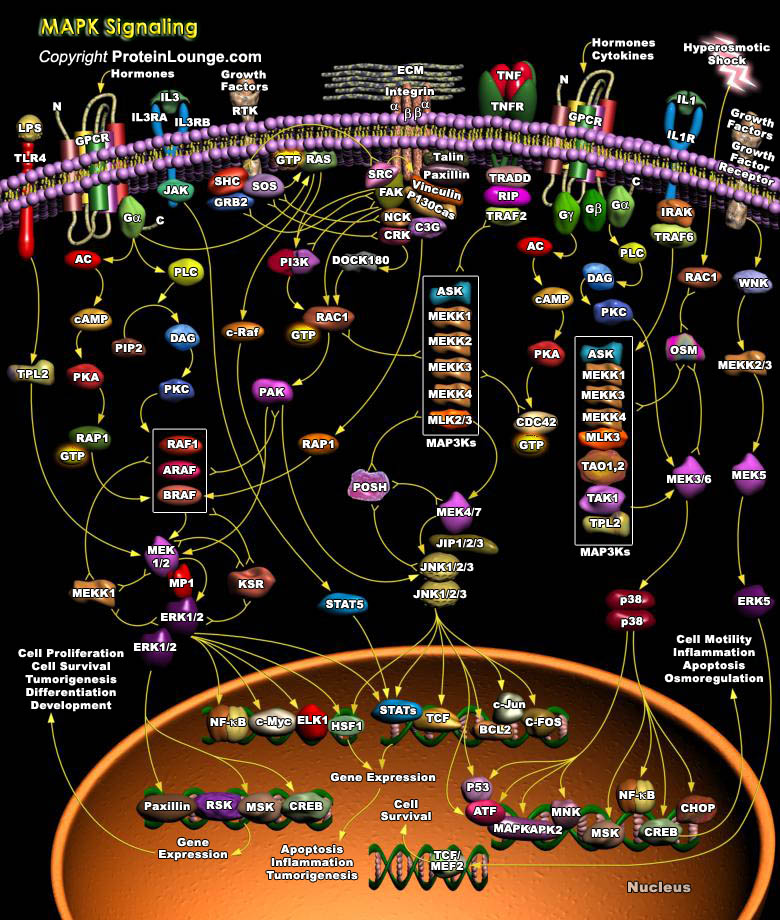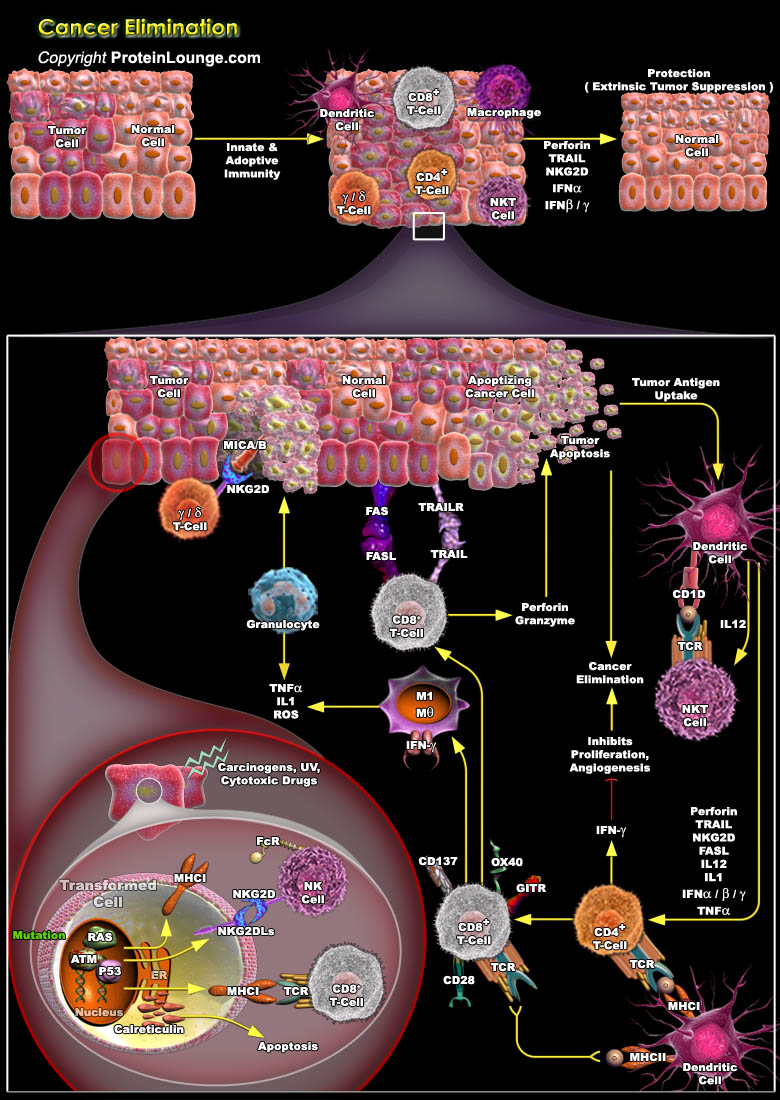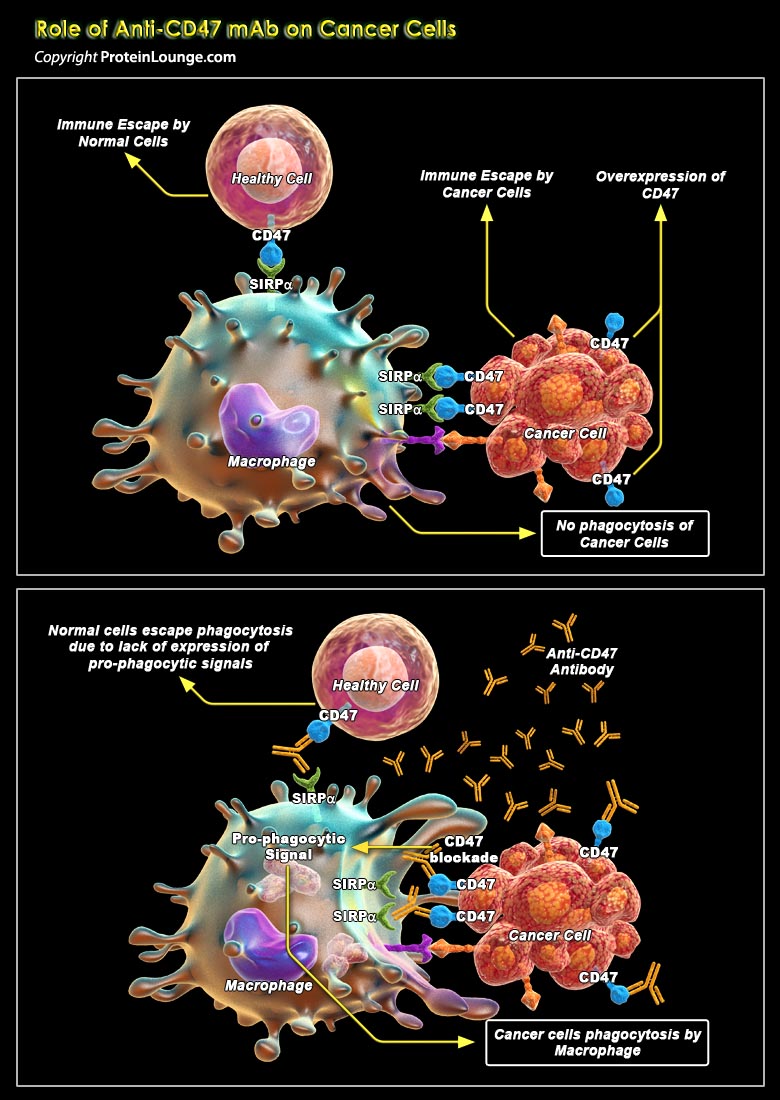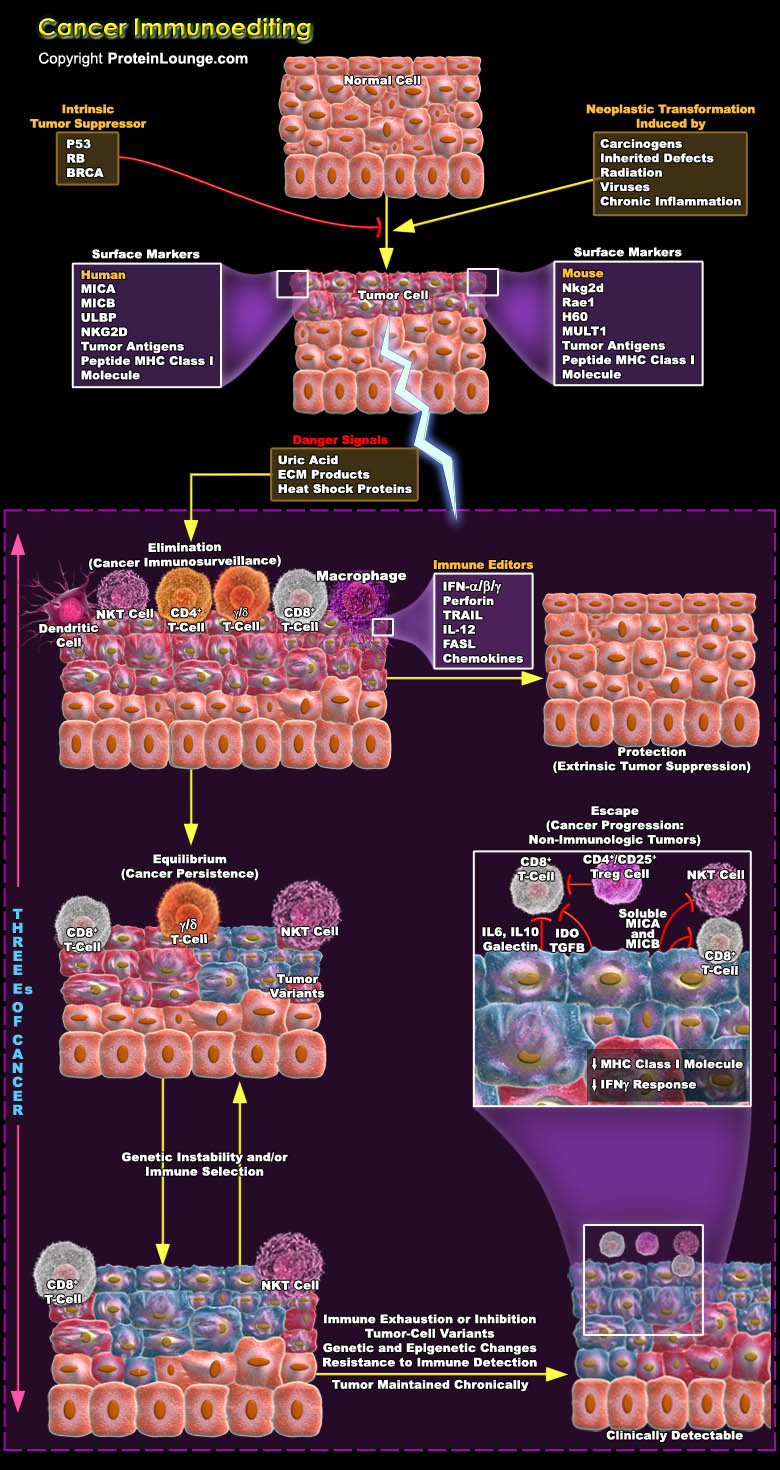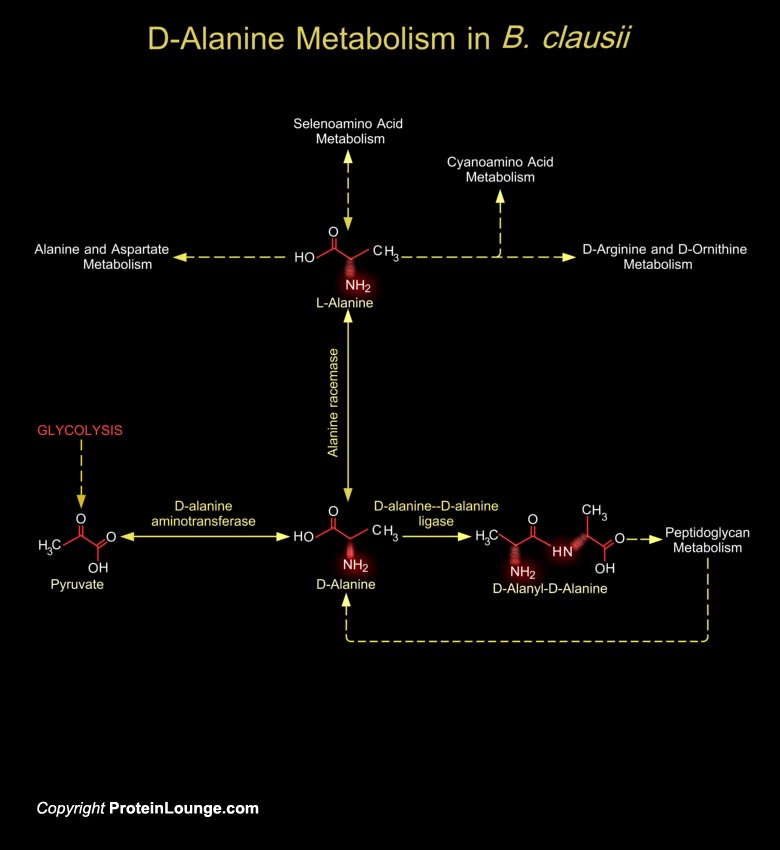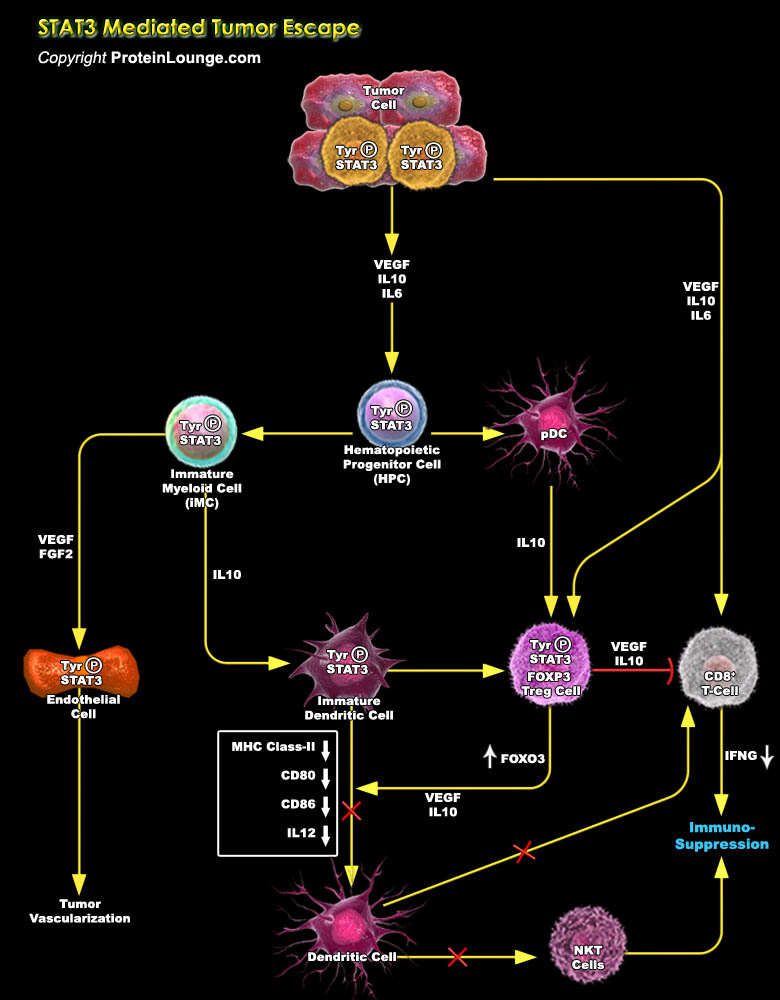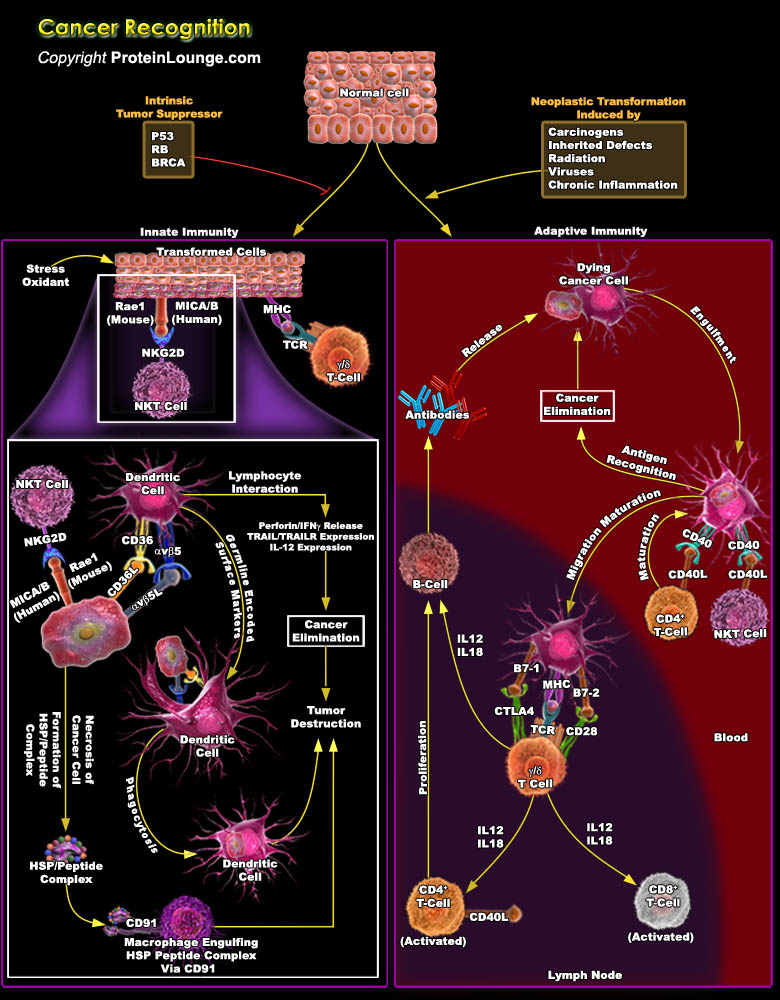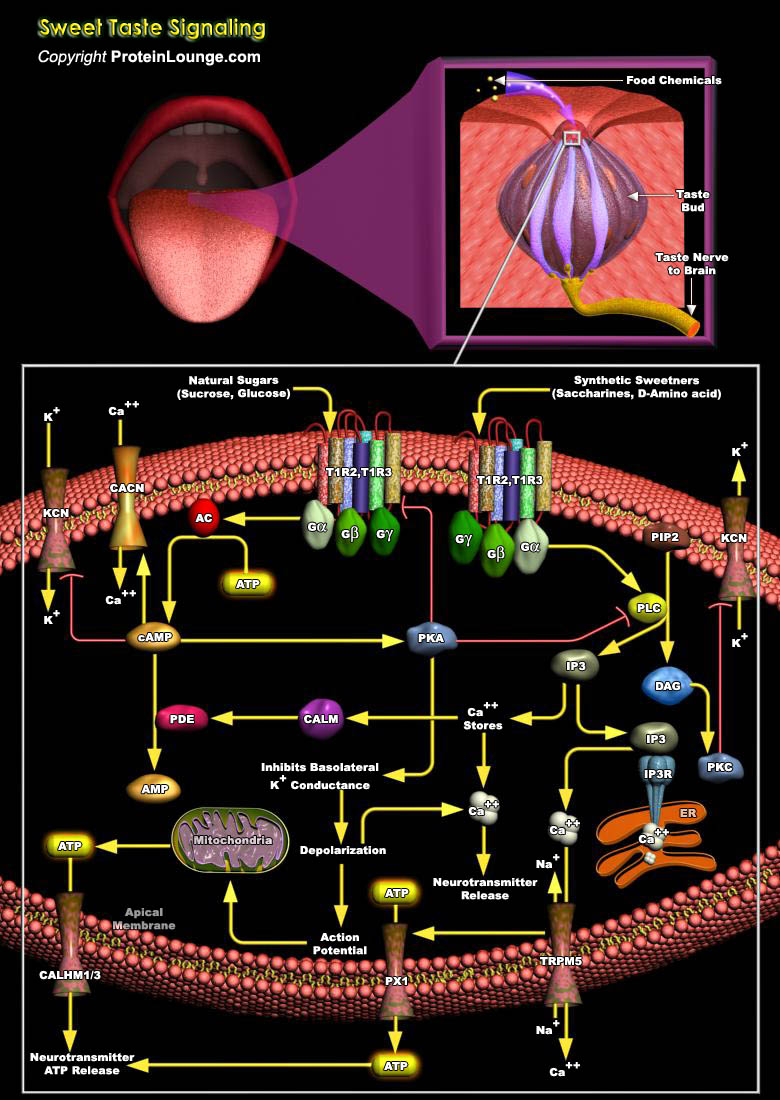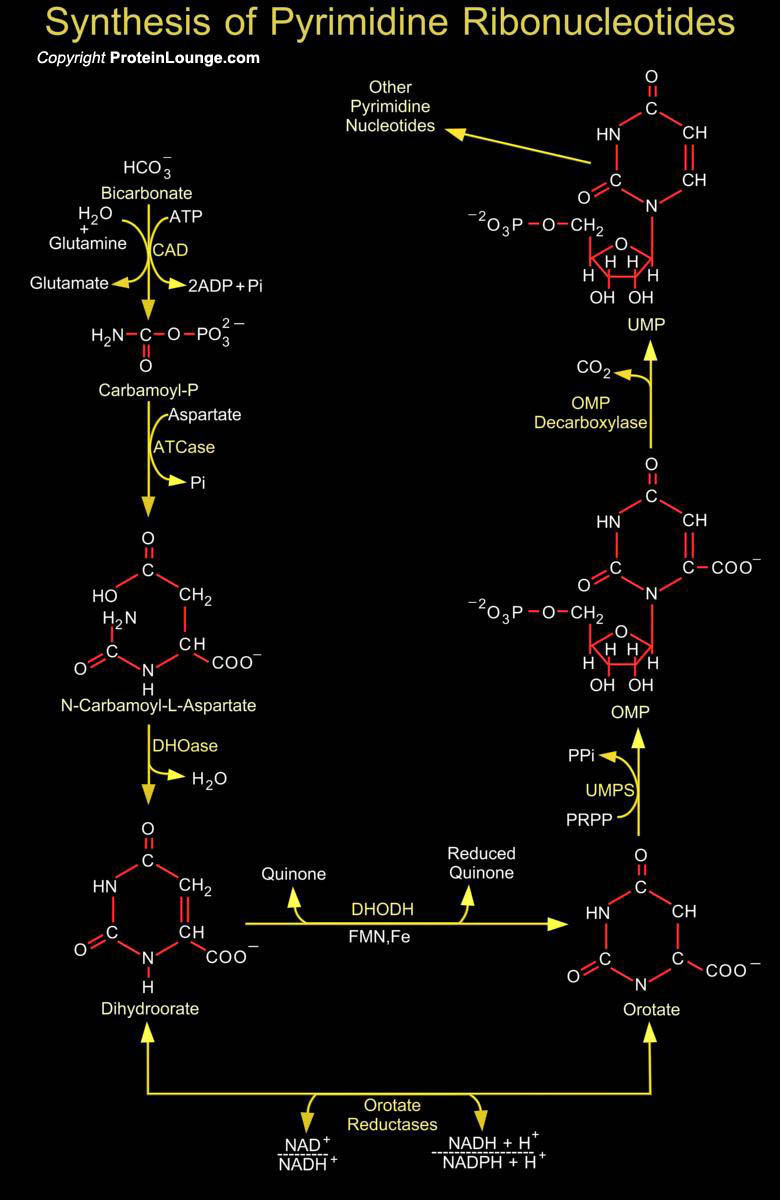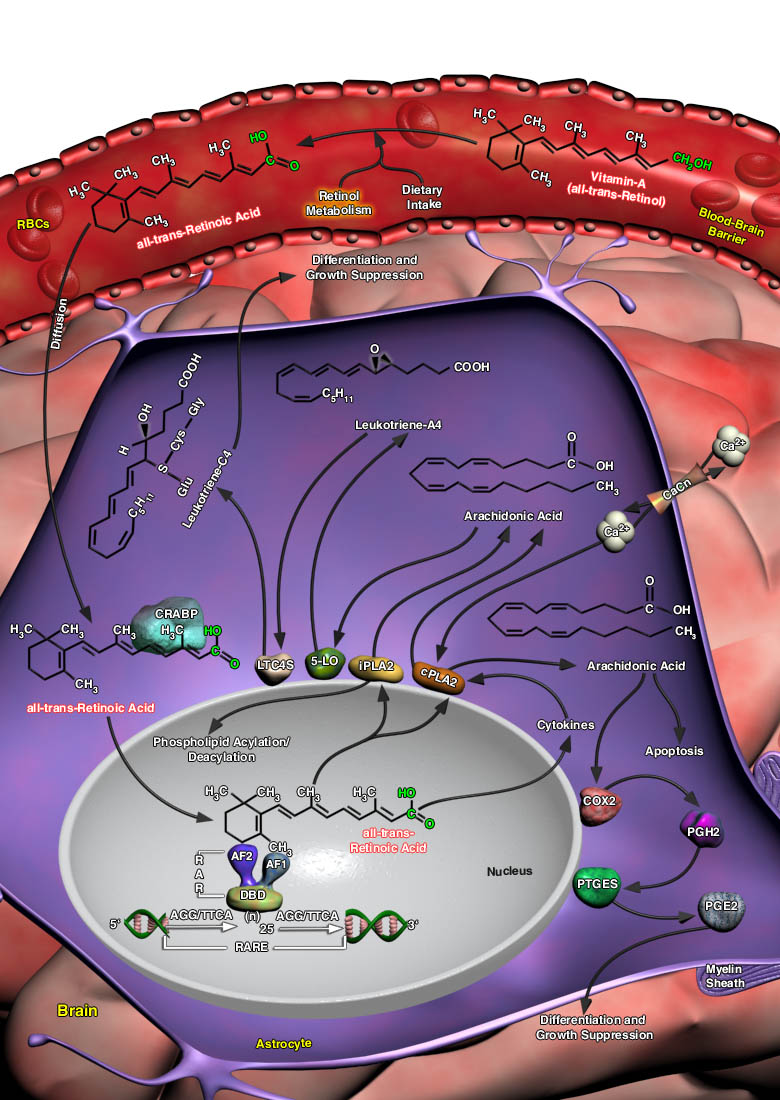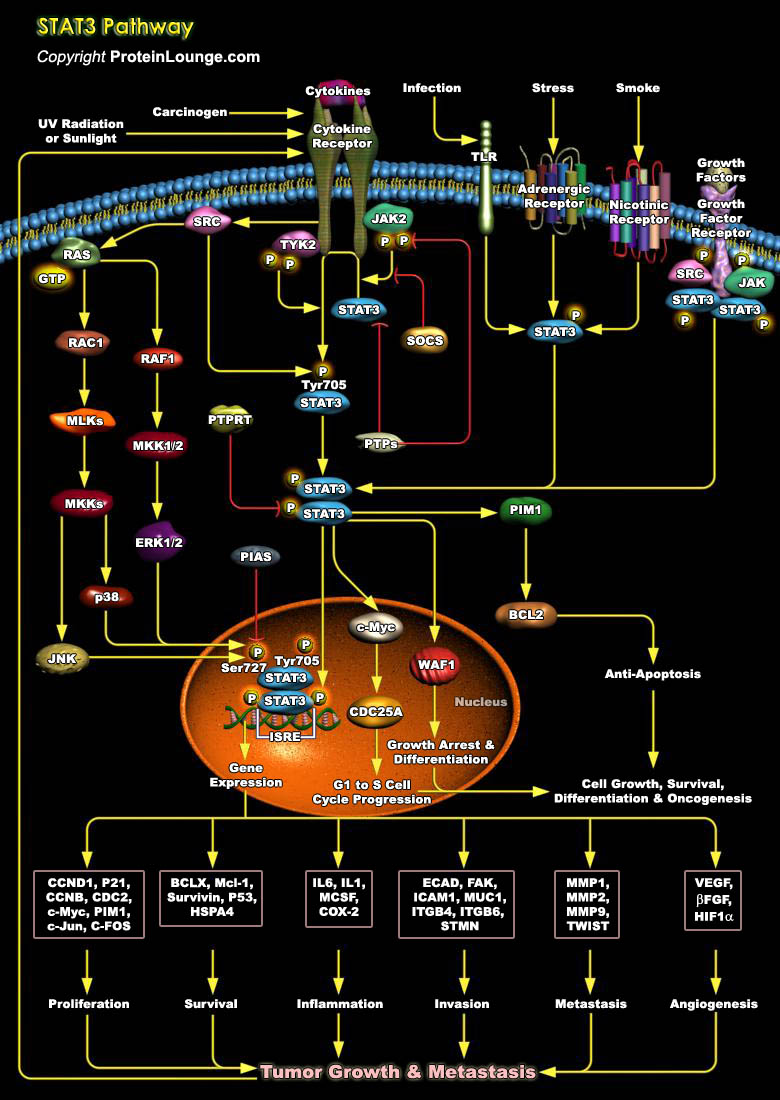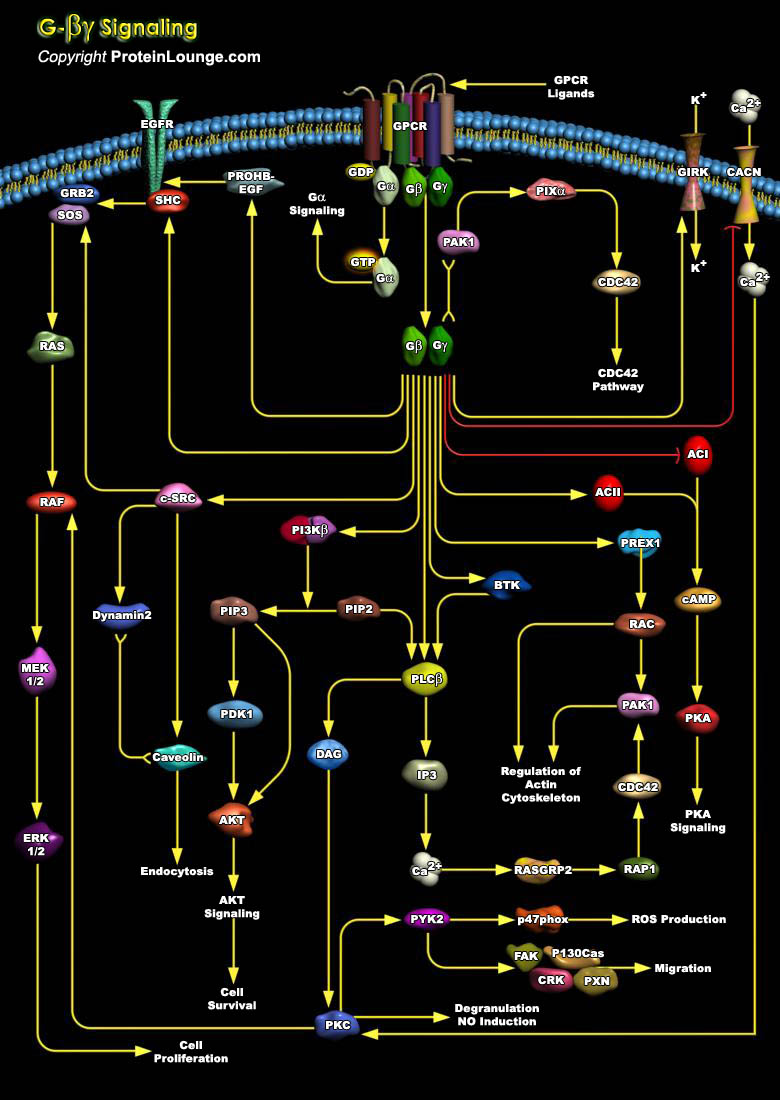Featured Pathways
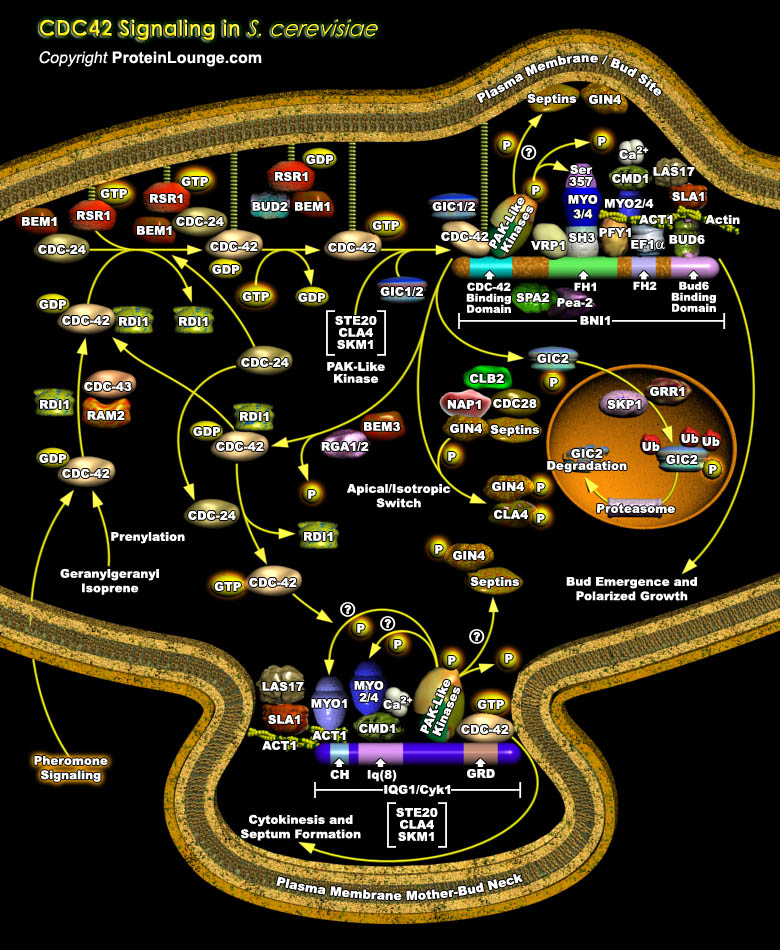
The S. cerevisiae (Saccharomyces cerevisiae) CDC42 (Cell Division Control Protein-42), a member of the Rho/Rac subfamily of Ras-Like GTPases (GTP-Binding Proteins) and Ras superfamily of low molecular-weight GTPases, is essential for the control of cell polarity during the yeast cell cycle. CDC42 occurs in both soluble and particulate pools, and neither its abundance nor its distribution[..]
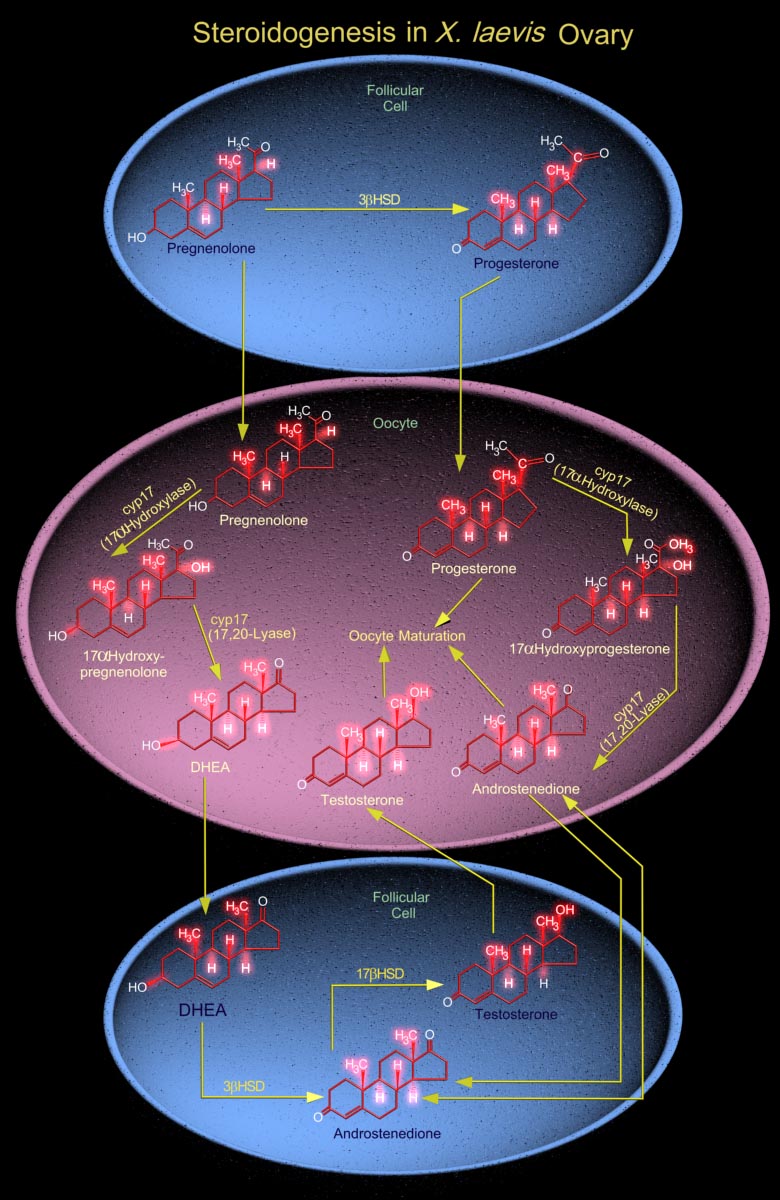
Ovarian sex steroid production is essential for Follicular growth and subsequent Ovulation in Xenopus laevis. In the Xenopus ovary, Oocytes are arrested in an immature form in the Cell Cycle at Prophase-I boundary of the first meiotic cycle, and grow to their maximal size. Prophase-I arrest is terminated by specific signals, often Steroid Hormones, that cause release from Cell Cycle arrest and[..]

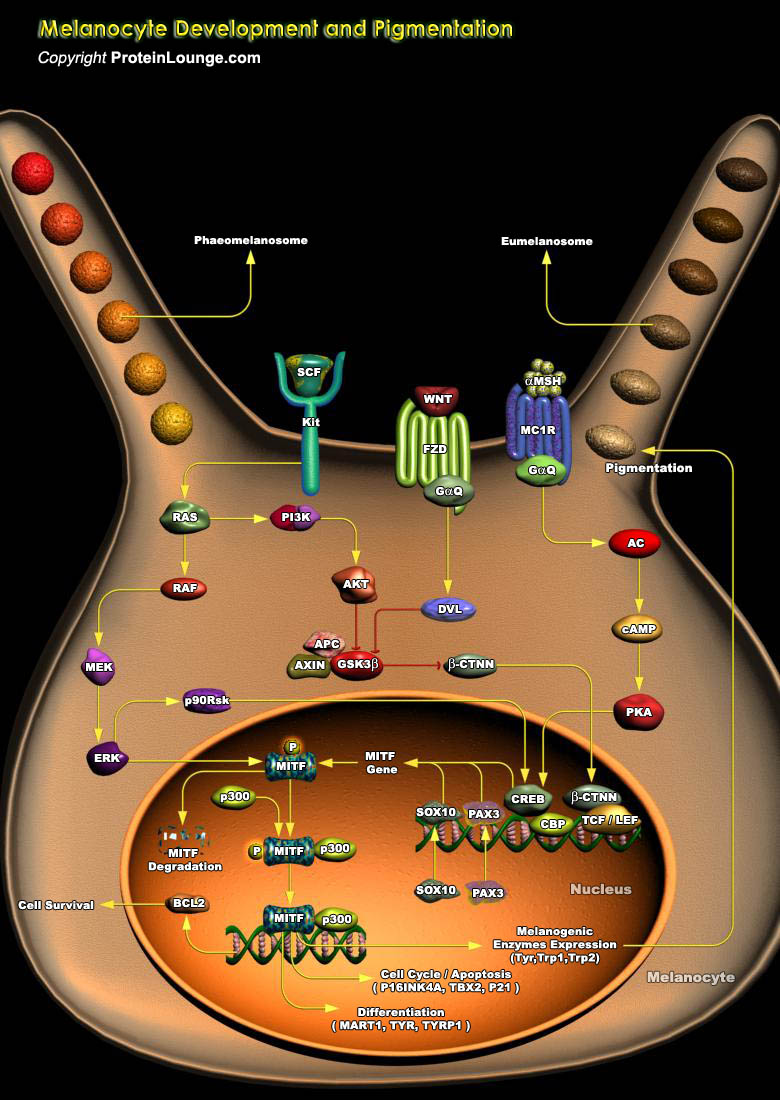
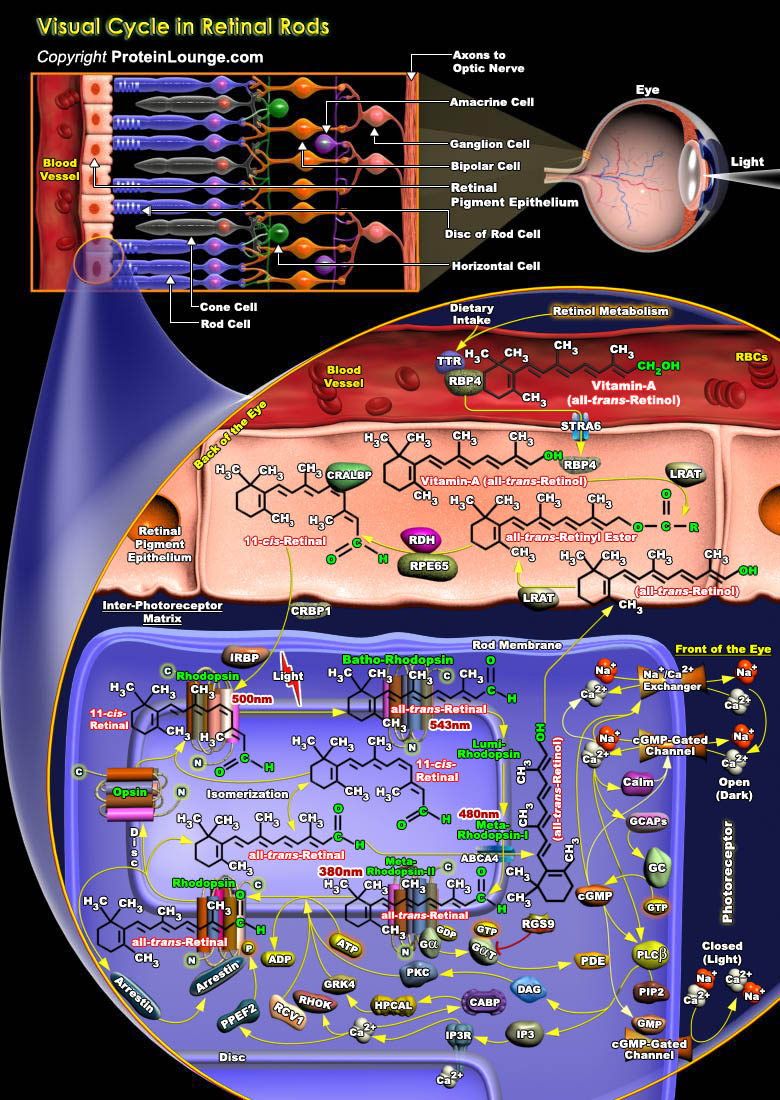
The processing of visual information begins in the retina with the detection of light by photoreceptor cells. In humans, two types of photoreceptors in the retina mediate the light response: the rods which mediate vision in dim light and the cones which mediate bright light and color vision. Humans have one rod and three cones for long, medium- and short-waves.[..]
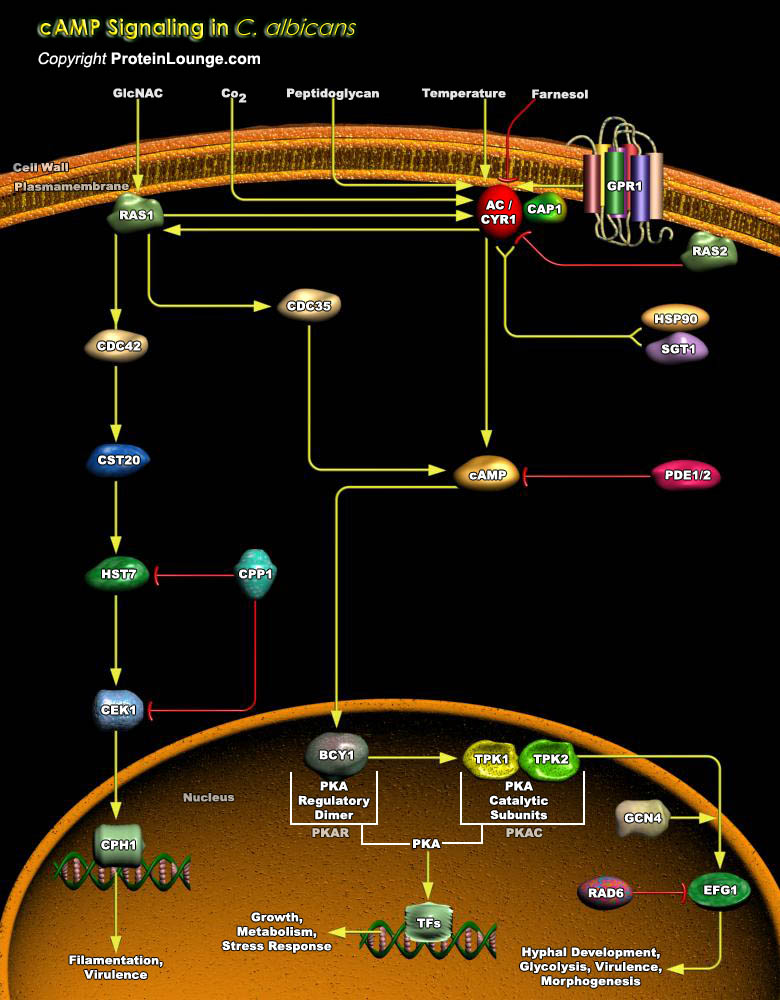
C. albicans (Candida albicans) is a polymorphic fungus which resides as a lifelong, harmless commensal organism in normal condition. Under certain circumstances, however, C. albicans can cause a wide range of superficial mucosal diseases as well as life-threatening systemic yeast infections in immunocompromised patients (Ref.1). C. albicans is is[..]
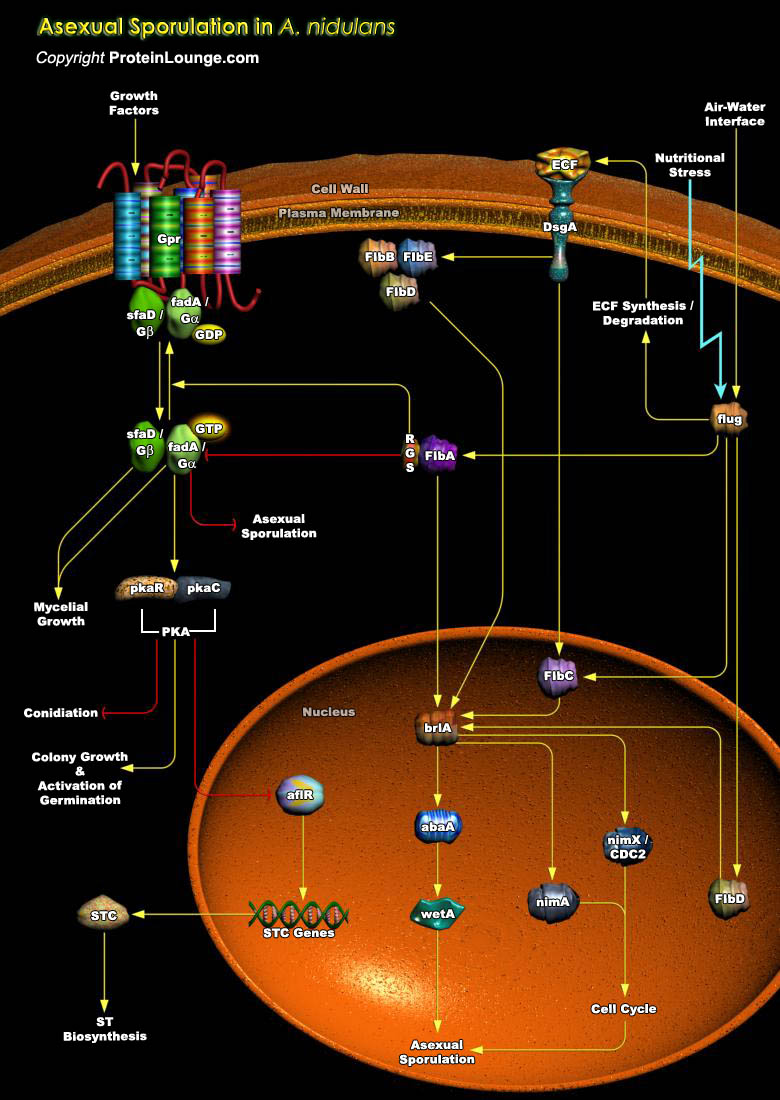
The signal transduction cascades regulating asexual sporulation in the Ascomycetous filamentous fungi A. nidulans (Aspergillus nidulans) can be divided into two phases: a Growth phase, in which cells become competent to respond to sporulation-inducing signals and an Asexual reproduction phase, including initiation of the Sporulation pathway and formation of spore-bearing structures. A.[..]
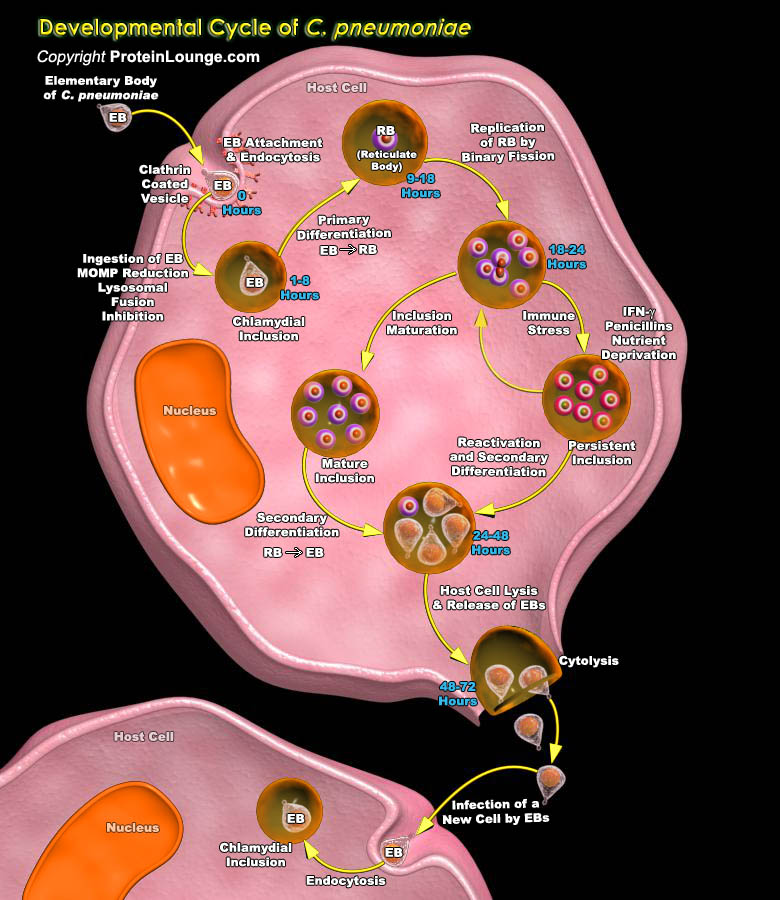
Chlamydiae are obligate intracellular Gram-negative bacteria mainly causing infection in warm blooded animals. Chlamydia includes four species: C.trachomatis, C.pneumoniae, C.psittaci, and C.pecorum, out of which C.pneumoniae, C.psittaci, and C.trachomatis are human pathogens. Chlamydophila pneumonia is responsible for a[..]
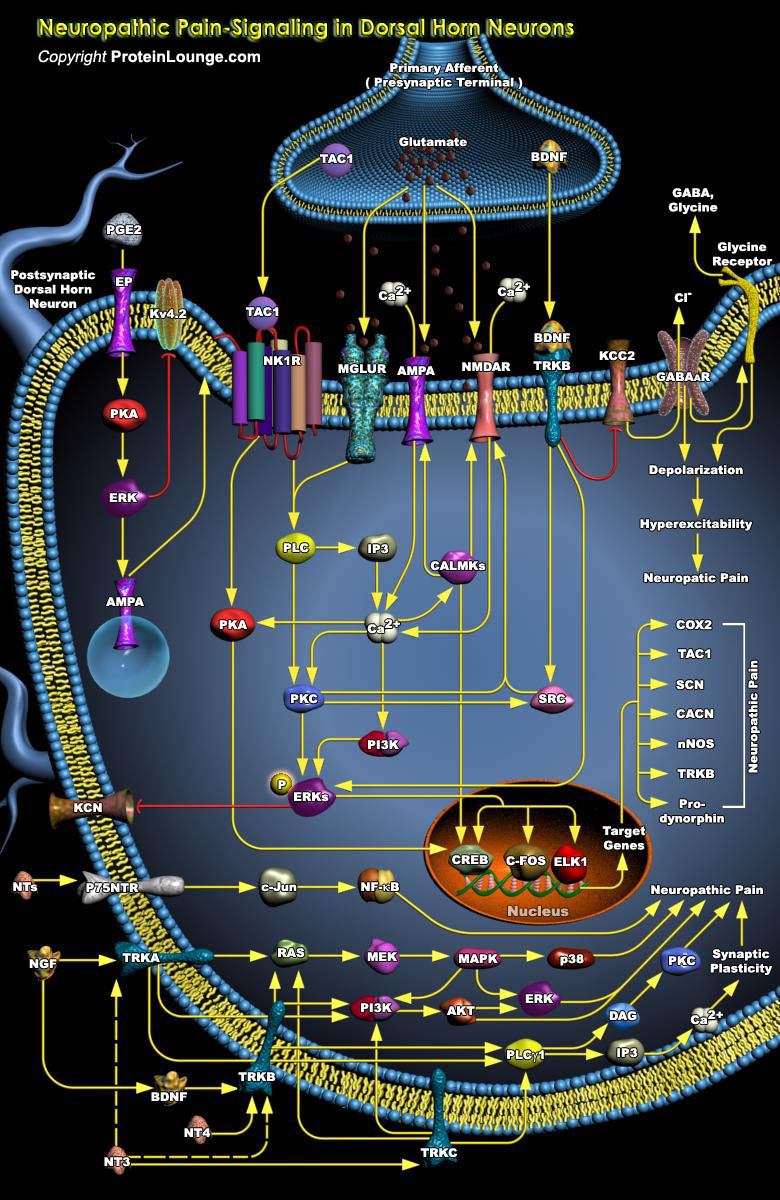
Inflammation is the process by which an organism responds to tissue injury involving both immune cell recruitment and mediator release. Diverse causes of neuropathic pain are associated with excessive inflammation in both the peripheral and central nervous system which may contribute to the initiation and maintenance of persistent pain. Chemical mediators, such as cytokines, chemokines, and[..]
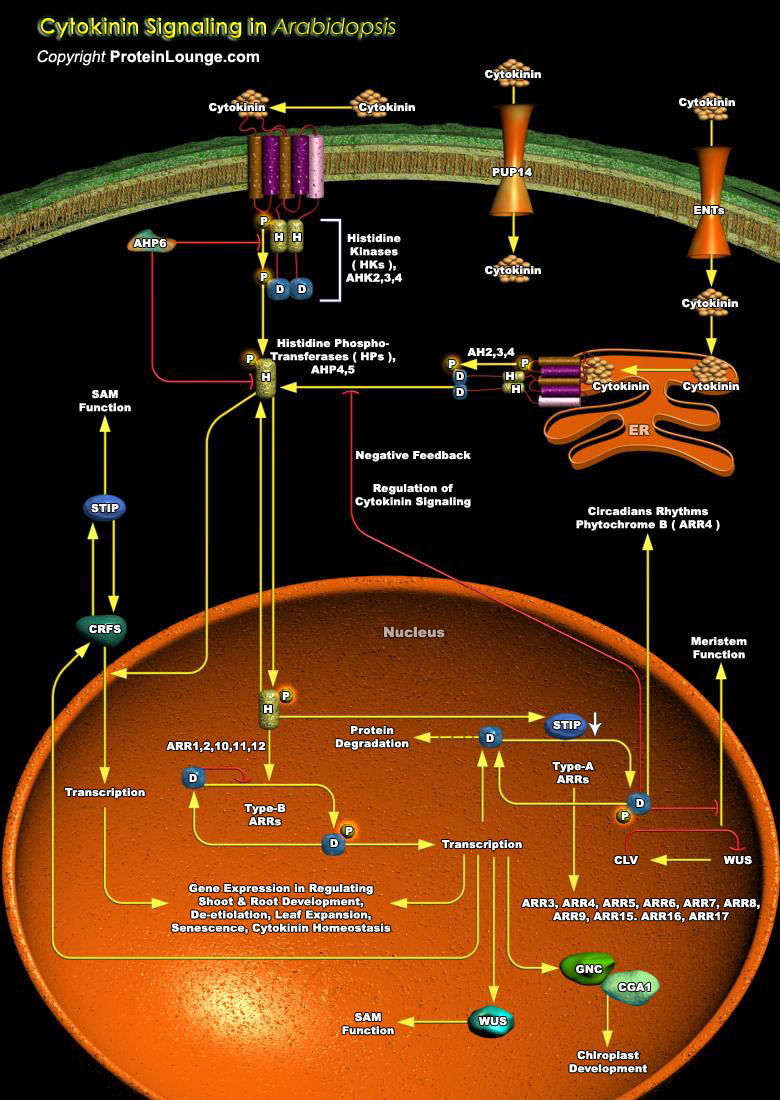
Cytokinins are a major class of phytohormones that belong to the family of adenine derivatives and are considered as a key regulator of many important plant developmental processes including embryogenesis, seed germination and development, stimulated leaf expansion, organogenesis, vascular patterning, nodulation, circadian clocks, light responses, nutrient status, transitions to[..]
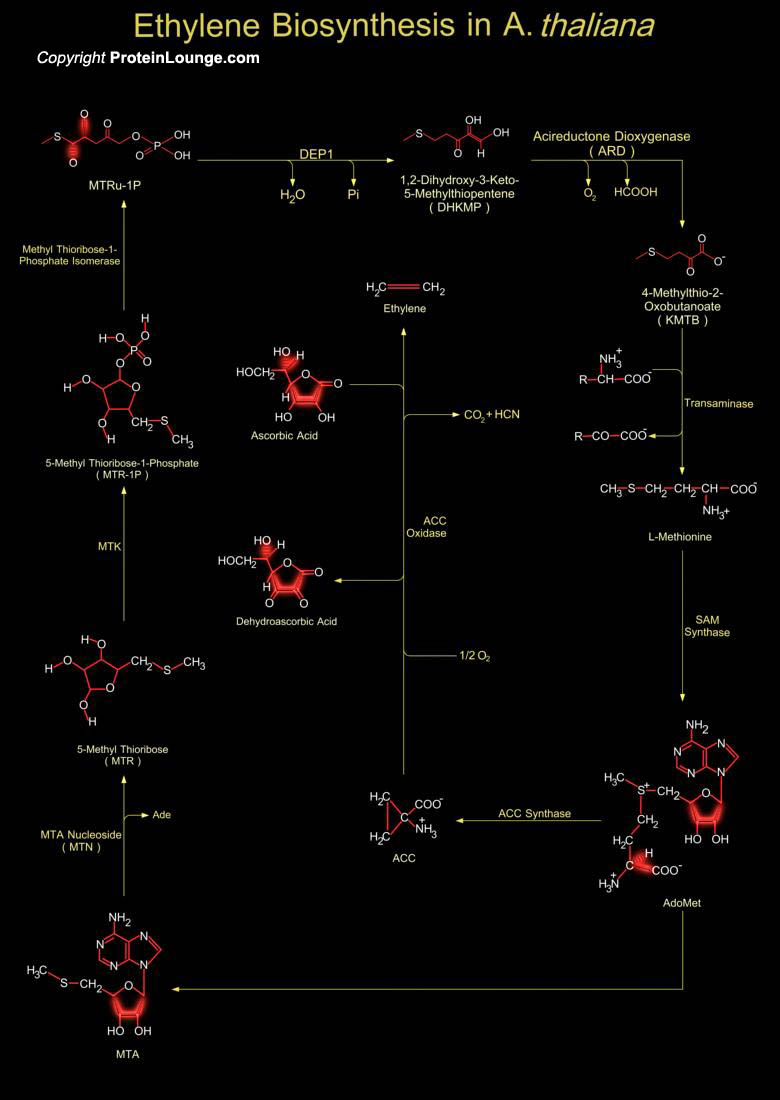
Ethylene (C2H4) is a naturally occurring plant hormone involved in a large number of developmental processes including leaf abscission, ripening of Fruit, senescence, responses to Wound, seed germination, growth of adventitious roots under flooding conditions, epinasty stimulation, inhibition of shoot growth and stomatal closing and flowering (Ref. 1). Naturally occurring[..]
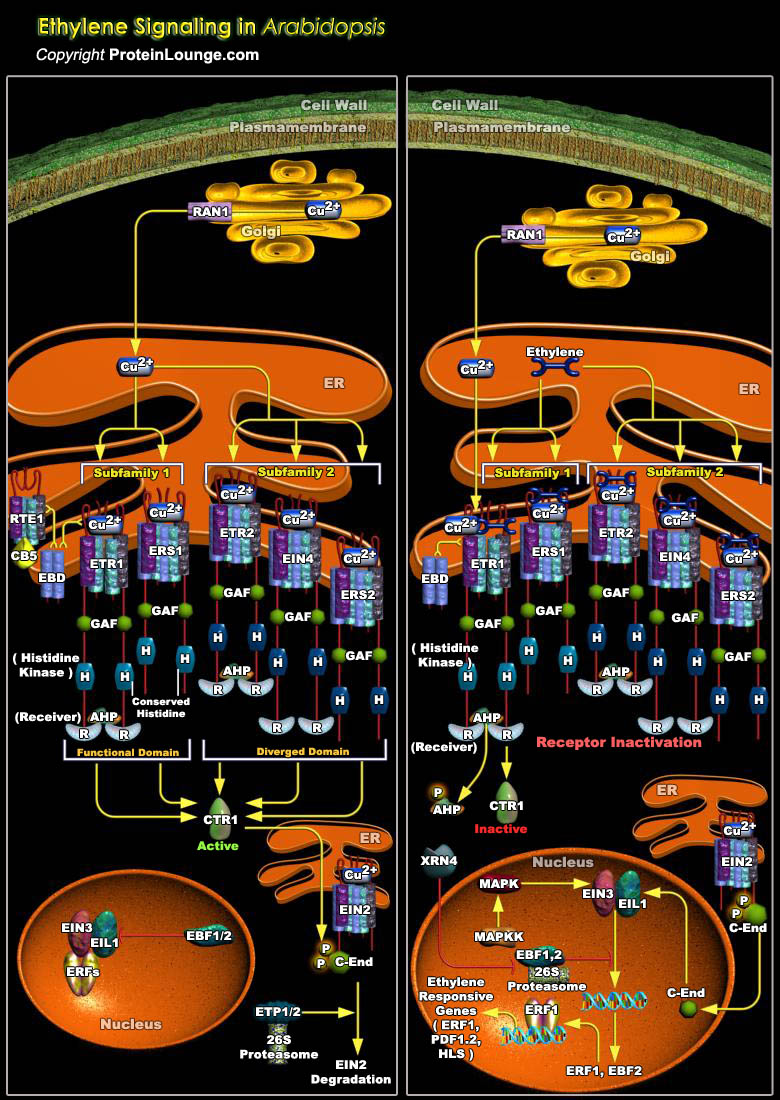
Ethylene (C2H4) is a naturally occurring plant hormone involved in a large number of developmental processes including leaf abscission, ripening of Fruit, senescence, responses to Wound, seed germination, growth of adventitious roots under flooding conditions, epinasty stimulation, inhibition of shoot growth and stomatal closing and flowering (Ref. 1). A combination of genetic, biochemical,[..]









